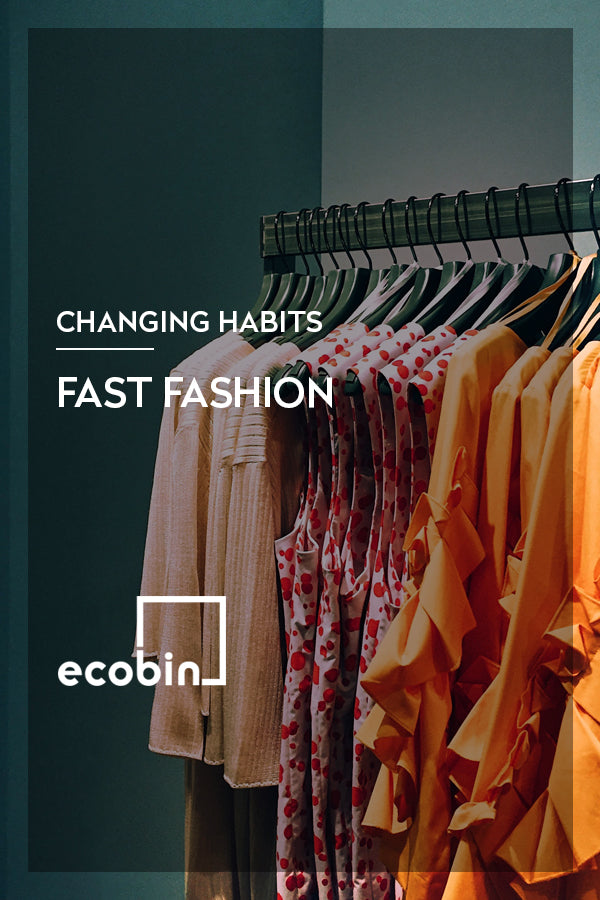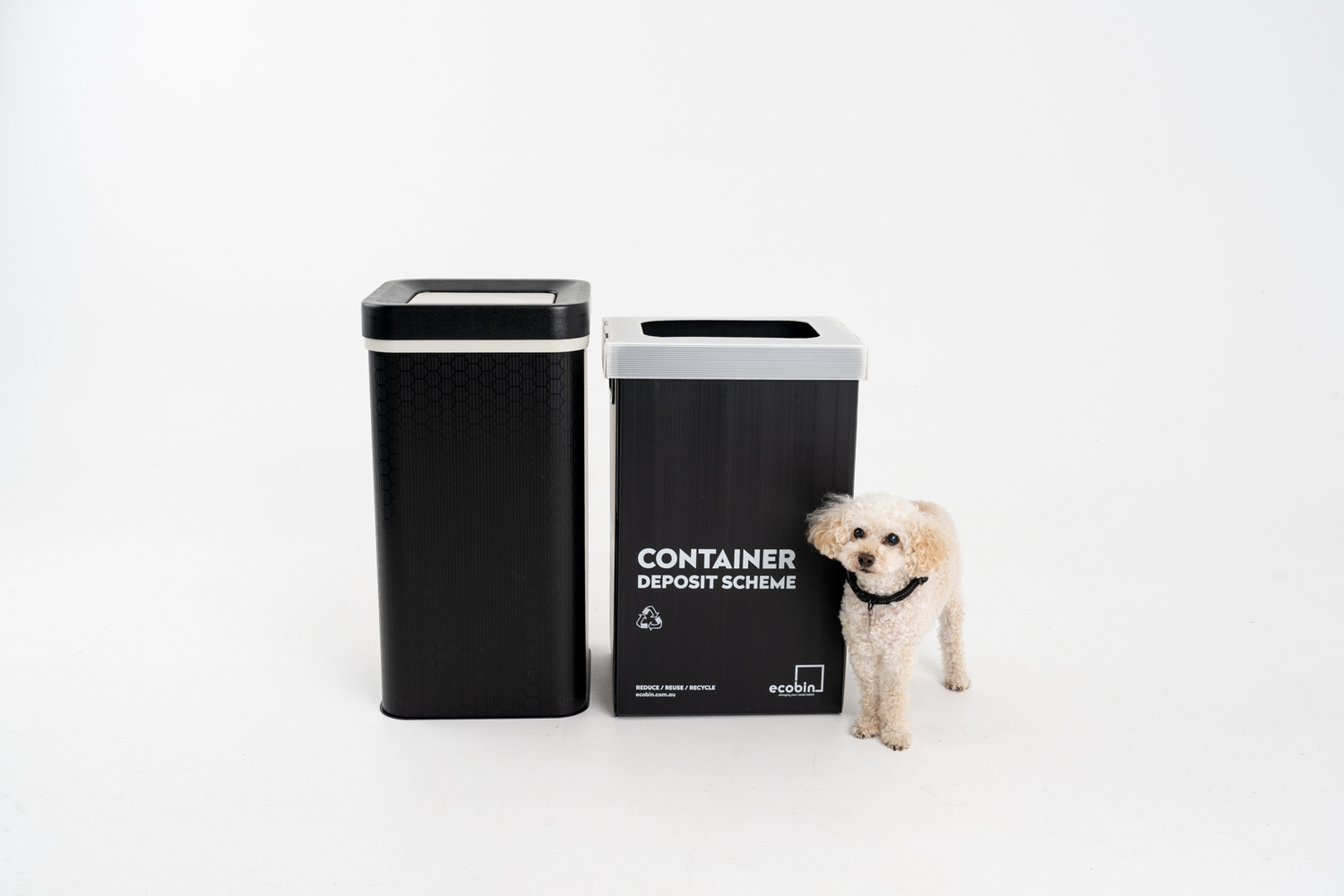
Fast Fashion
What is ‘Fast Fashion’?
‘Fast Fashion’ is clothing that takes inspiration from the catwalk or celebrities and turns around very cheap, on trend clothing at an alarmingly fast pace. These items are quickly available to the public at greatly reduced prices, often in limited supplies, thus resulting in people rushing out to purchase the latest style at a great price before it is all ‘sold out’.
Historically designers would look at the upcoming season, and then predict what would be on trend and in style for that particular year/season and then create looks around that idea. There would be a launch of their latest line, and those lucky enough to have access to the designer clothes would snap them up. For the rest of us, we would wait until the trends trickled down into the department stores some time later and then would perhaps look at purchasing one or two new items for the season to add to our wardrobes.
Now we are living in a very different world.
Fast fashion means that very soon after a new look is debuted on the catwalk, or by a celebrity in no time at all you will see almost a replica of the high end look in your local department stores, at a price that is so cheap most people don’t find a reason to say no to purchasing lots of new items as they arrive in stores. Instead of four seasonal looks per year, designers are now producing on average 52 ‘micro-seasons’ per year, so one every week.
What is the problem with ‘Fast Fashion’?
Fast fashion provides a number of concerns, the first of which is the conditions in which the majority of clothes are produced. Most fast fashion clothing items are created in overseas sweat shops. As the clothing items require fast turnaround times, and cheap quality materials the workers in these factories are put under enormous pressure to produce a number of clothing items in dangerous sub-standard conditions where worker’s health, safety and basic human rights are compromised.
Another major concern is the environmental impact that these new thoughtless fashion trends are having. The fashion industry has always had its issues when it comes to environmental impact, however fast fashion is now taking it to a new level with the cheap quality materials used leaching toxic chemicals, dangerous dyes and synthetic fibres into our waterways making them the second largest polluter of clean water globally after agriculture.
Using low cost synthetic fabrics is dangerous to our environment also, as some are derived from fossil fuels which contribute to global warming. Synthetic fibres are also non-biodegradable and can release small amounts of micro-plastics into our waterways when they are washed, resulting in more pollution in our oceans.
Finally there is the issue of the ‘throw away’ culture that fast fashion has created. Long gone are the days of patching a hold in a pair of pants, or naturally dyeing a t-shirt that may have faded after a few washes – now days you’d just pop up to the local shops and buy a brand new one for some loose change and throw the other one out.
Every second, the equivalent of one garbage truck of textiles is landfilled or burned, and if nothing changes, by 2050 the fashion industry will use up a quarter of the world’s carbon budget.
What can we do to help?
The first step to tackling any problem is always awareness, so just by reading this blog you are already on your way to helping!
The best thing that you can do to help curb the impact of fast fashion on factory workers and the environment is to really look at what you are purchasing, and more importantly where you are purchasing it from.
Look for ways to repurpose your clothing items to keep them for longer, and thus reduce the amount of new items that you are purchasing. It is also important to think about the quality and materials that your clothing is made from. Try to look at purchasing new items from a reputable retailer that does not source their products from sweat shops, and purchase non-synthetic materials that have less of an environmental impact.
Another fantastic idea is to purchase any new clothing that you do need from ops shops or vintage stores, with their vast array of clothing styles and sizes you will be able to find some amazing pieces to add to your wardrobe at a fraction of the cost (and as an added bonus you can pretty much guarantee that the person next to you won’t be wearing the same thing!!)
https://goodonyou.eco/what-is-fast-fashion/
https://www.unenvironment.org/news-and-stories/story/putting-brakes-fast-fashion
